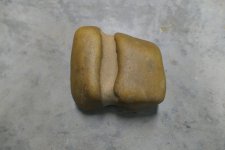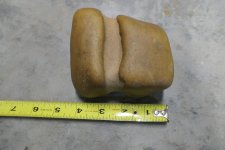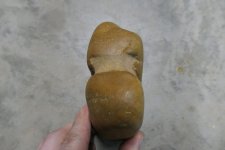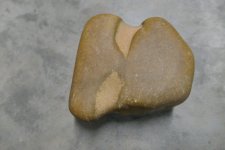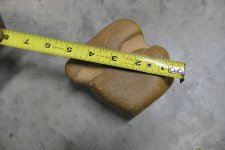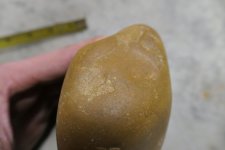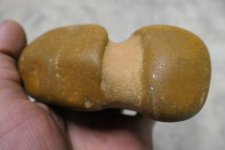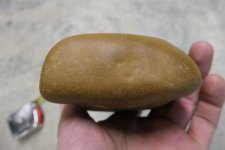cooperdrummond
Greenie
- Feb 28, 2020
- 11
- 18
- Primary Interest:
- All Treasure Hunting
Hopefully not breaking any rules posting this on here as I purchased it at a flea market and did not actually find it...
I am curious to know what your thoughts are on if this looks to be an authentic artifact? I am usually looking for points or similar and don't know much about stone tools like this.
Any input on what it would have been used for, authenticity, or any other comments would be appreciated.
Flea market was in North Central Arkansas.
I am curious to know what your thoughts are on if this looks to be an authentic artifact? I am usually looking for points or similar and don't know much about stone tools like this.
Any input on what it would have been used for, authenticity, or any other comments would be appreciated.
Flea market was in North Central Arkansas.
Attachments
Upvote
1


